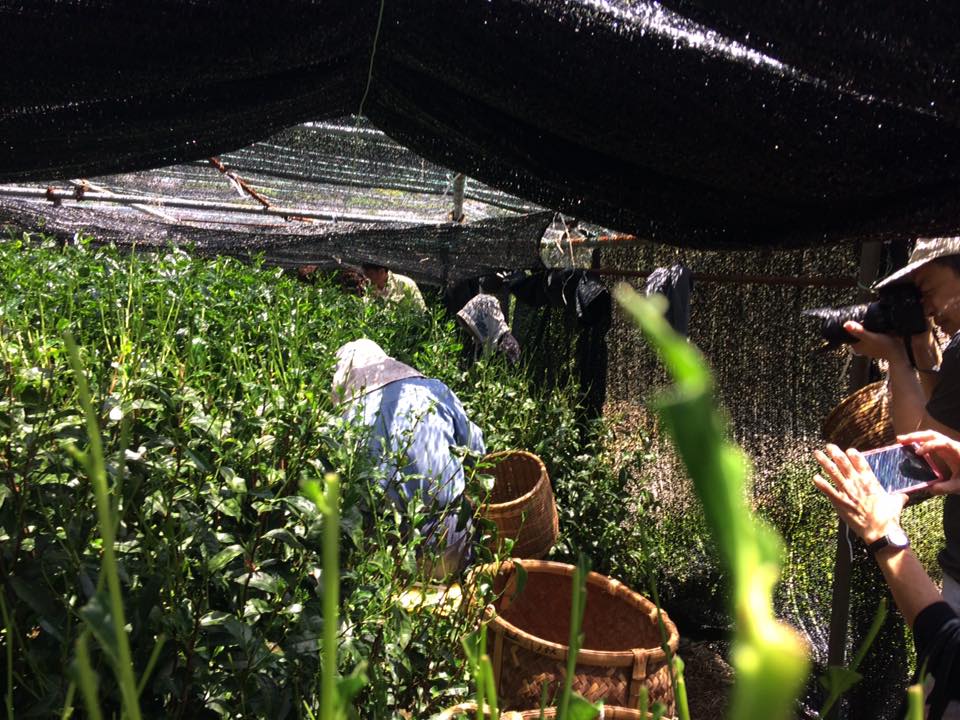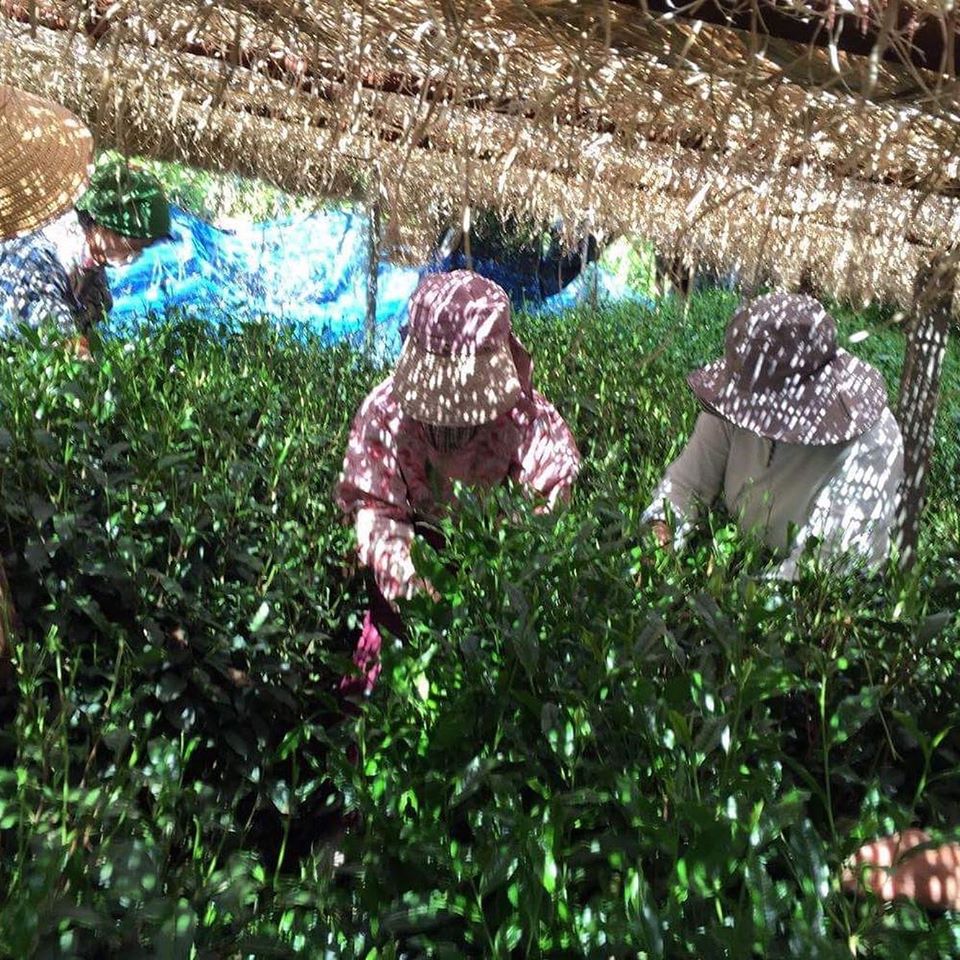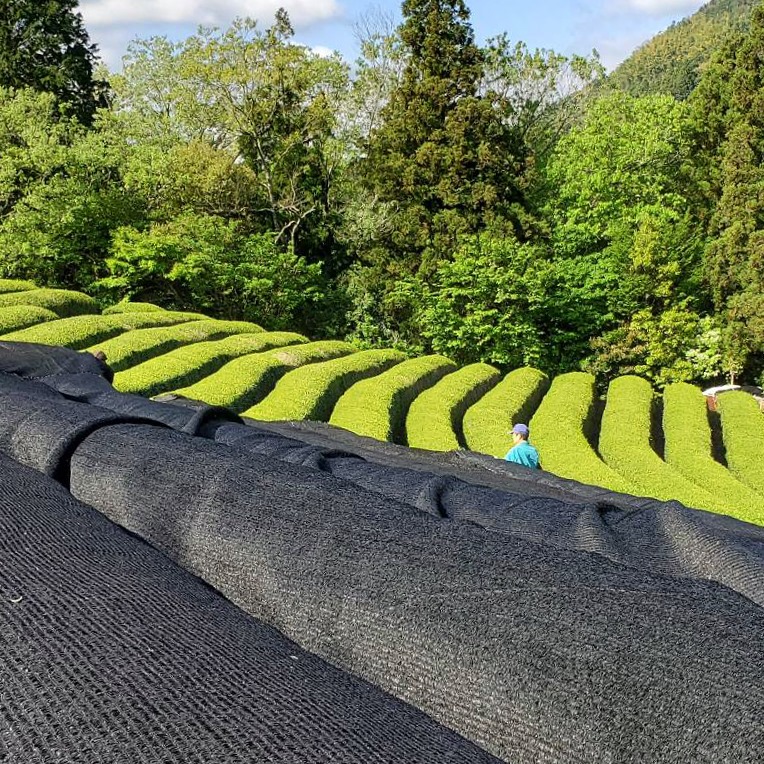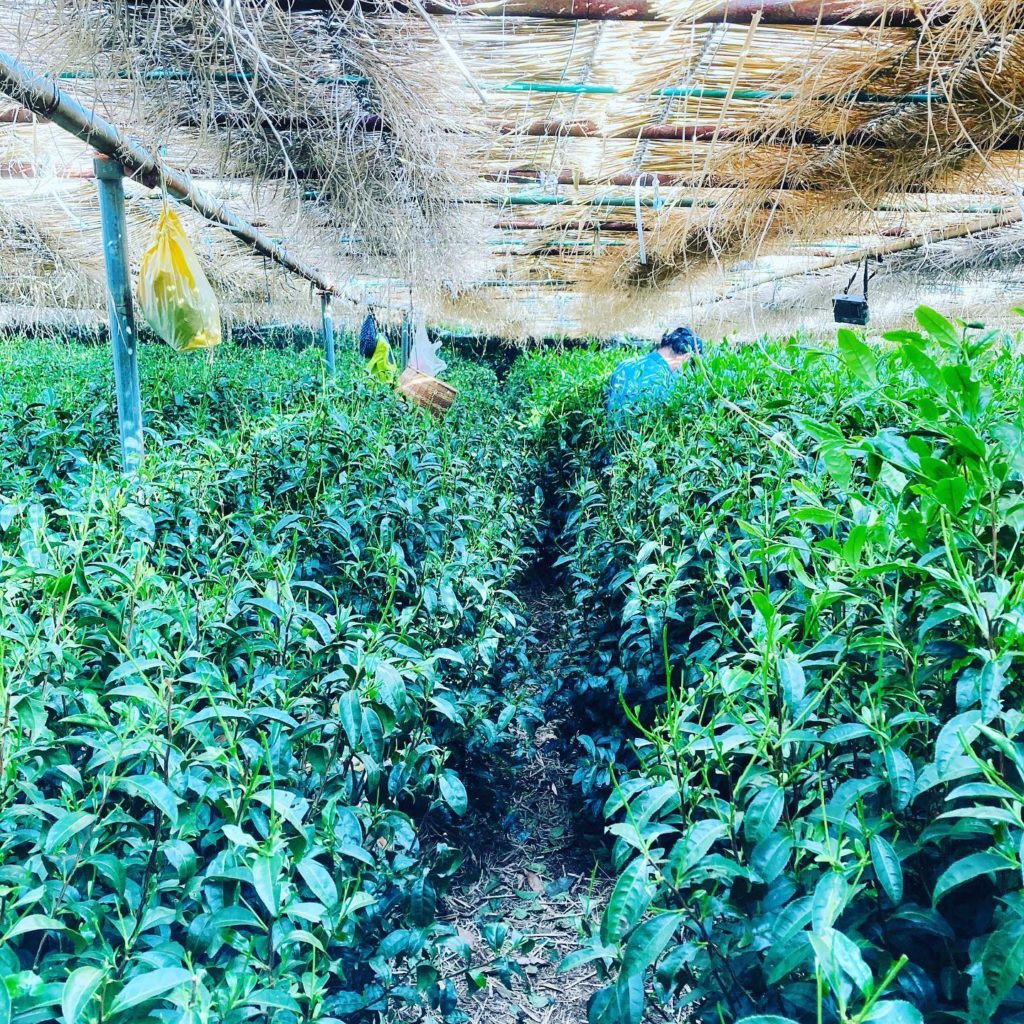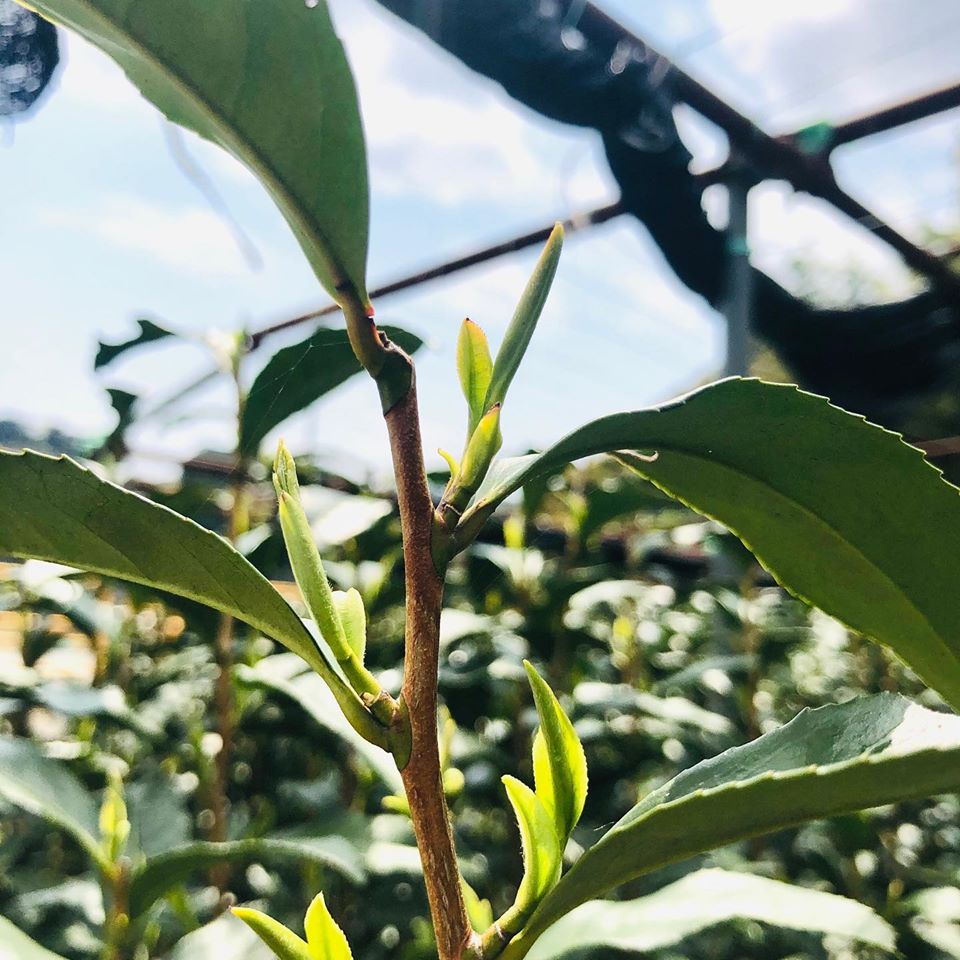Emerald eyes
Mt.Fuji, a UNESCO World Heritage Site, is the center of virgin forests, plateaus, and beautiful coastlines. the majestic mountains of the Southern Alps, a UNESCO Eco Park. The Izu Peninsula, a UNESCO geo park retains its rugged natural appearance. Surrounded by the sea and mountains, Shizuoka Prefecture is rich in nature and is Japan’s largest treasure trove of food ingredients. There are 213 different kinds of agricultural and marine products that are a blessing of nature. We especially specialize in fine emerald experiences such as Japanese green tea, wasabi, and melons.

| Program | Available | Location | Minimum Participants | Detail | |||||
|---|---|---|---|---|---|---|---|---|---|
| Gyokuro&Maccha (King and Queen of Green tea) | All the year | Central Shizuoka | 2 | Learn about and taste gyokuro, the highest grade of Japanese green tea, and maccha. Visit a tea garden in the sky, and be entertained in a centuries-old tea merchant’s cottage. Green tea and food pairings can be arranged. | |||||
| Wasabi (Shogun’s Tears) | All the year | Central Shizuoka | 2 | Visit to areas recognized as World Agricultural Heritage sites(GIAHS)by the Food and Agriculture Organization of the United Nations (FAO) | |||||
| Strawberry (Shogun’s warm heart) | January to early May | Central Shizuoka | 1 | ||||||
| UNESCO Eco-Park in Shizuoka | All the year | Around Shizuoka | 2 | We can arrange a variety of Geopark activities, such as climbing in the mountains of the Southern Alps with a licensed and experienced mountain guide, walking in the villages of the Igawa district to learn about the history, culture, and daily life of the people, and playing in the river. | |||||




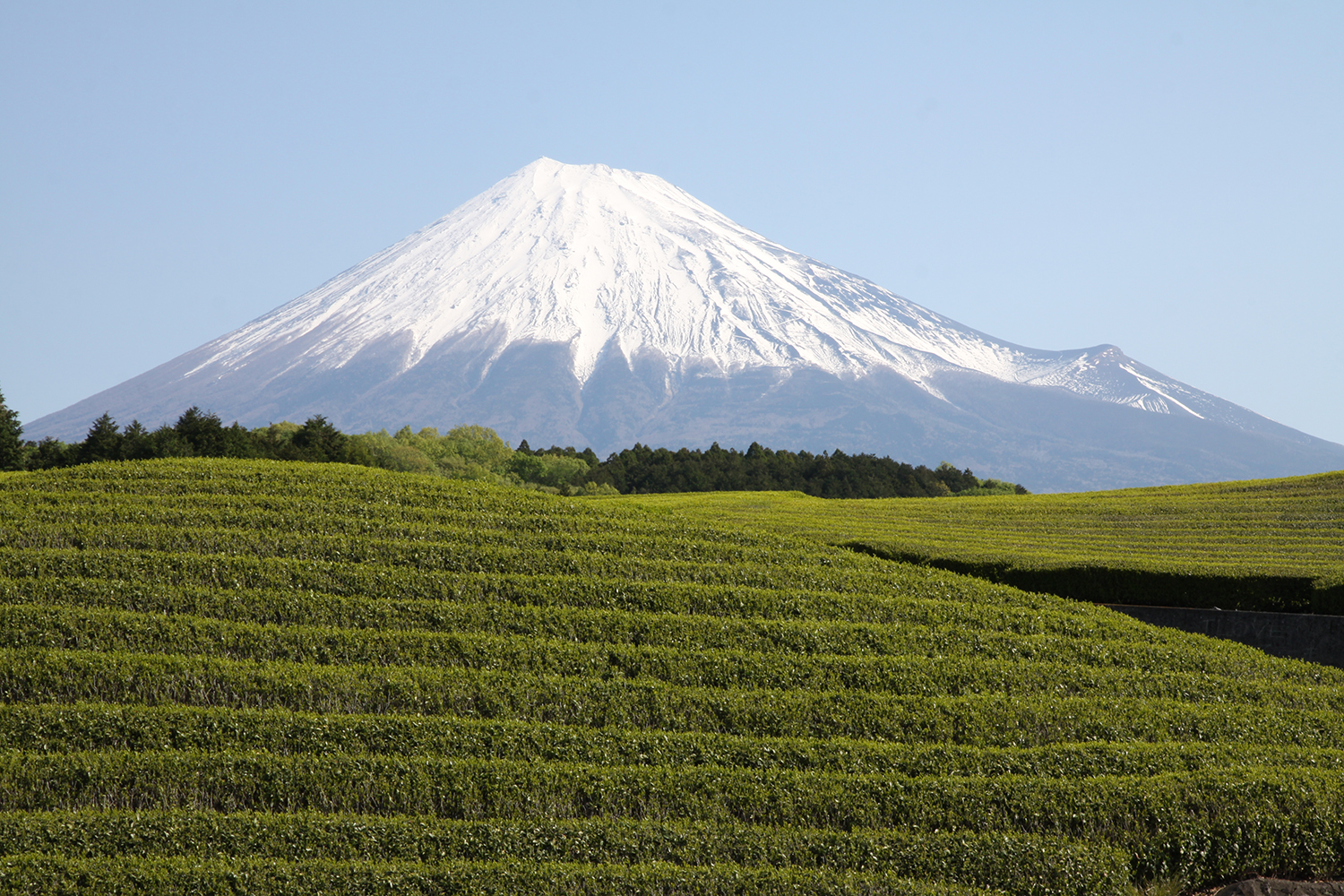
Shizuoka Prefecture
is the largest tea producer that takes approximately forty percent of tea production in Japan. Okabe region is known for Gyokuro production,the finest of tea. The long time tea making experiences and history made possible to create the luxury tea. Noble mellow , sweet taste and elegant aroma. Gyokuro is grown in different conditions from other teas. About 20 days prior to harvesting in May,the tea bush is covered with black curtains filtering the sunlight.

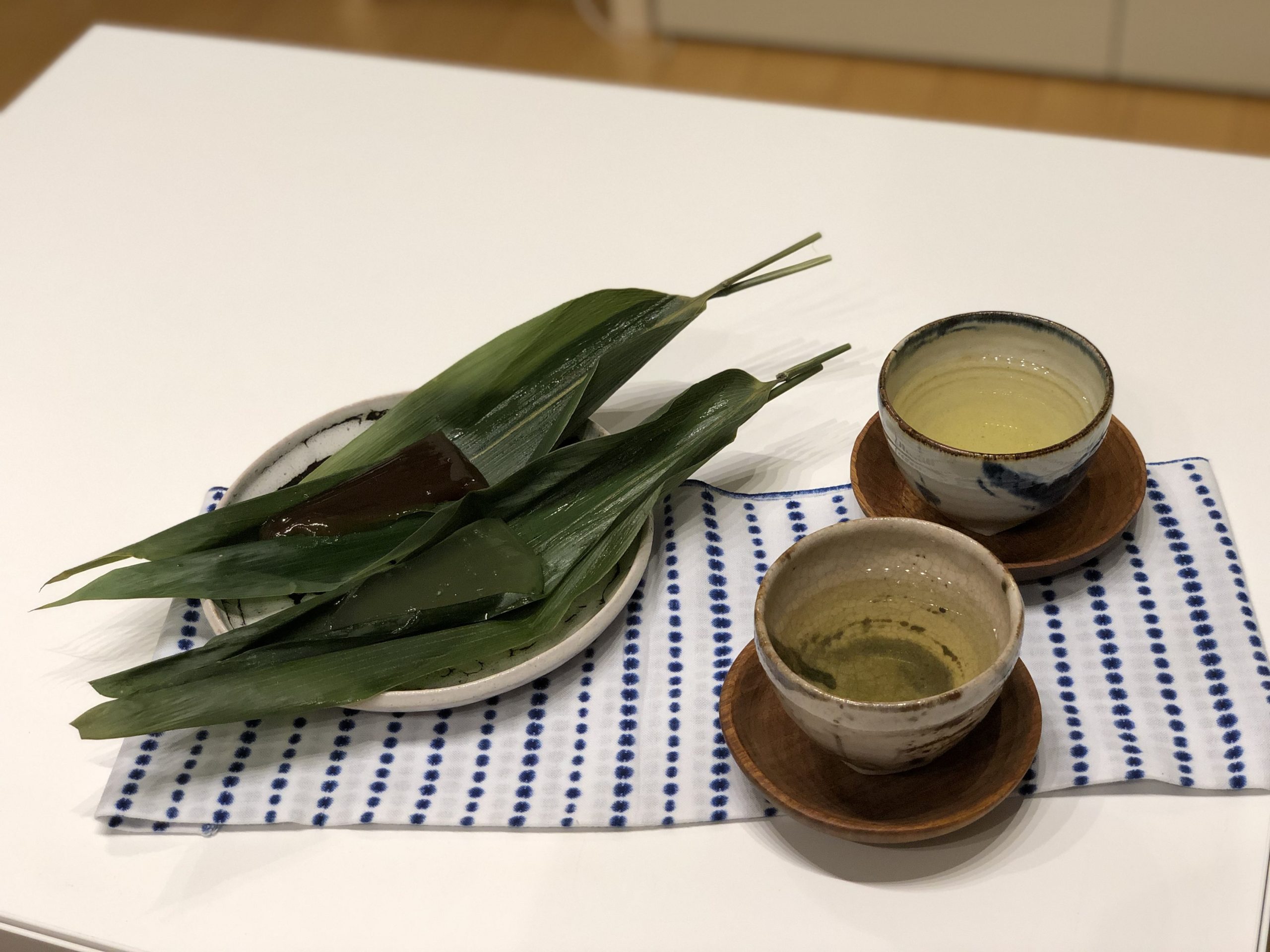
Health Functions
Green tea serves various health functions. In particular, it is known that the catechin compound, which is the component of green tea’s bitterness and astringency, serves various health functions. Among them are the antibacterial, sterilizing, and antiviral actions. The influenza virus enters the nose and throat, where it propagates and causes symptoms. A small quantity of the catechin compound known as the epigallocatechin gallate (EGCg) powerfully suppresses the propagation of viruses. In other words, if you gargle with green tea, you can effectively block the growth of viruses in your nose and throat. Also, even research findings indicate that green tea has inhibitory effects upon even infections from seasonal influenza viruses and novel and variant influenza viruses. When you return home from being outdoors, make it a point to gargle with green tea and wash your hands.


Yabukita
Yabukita cultivar is the most popular tea plant and approximately 80% of all tea plant in Japan.it has high yield and the rich umami flavor.It was bred in Shizuoka a hundred or more years ago and extrapolated to whole Japan.The leaves can be harvested only for a short time each spring.

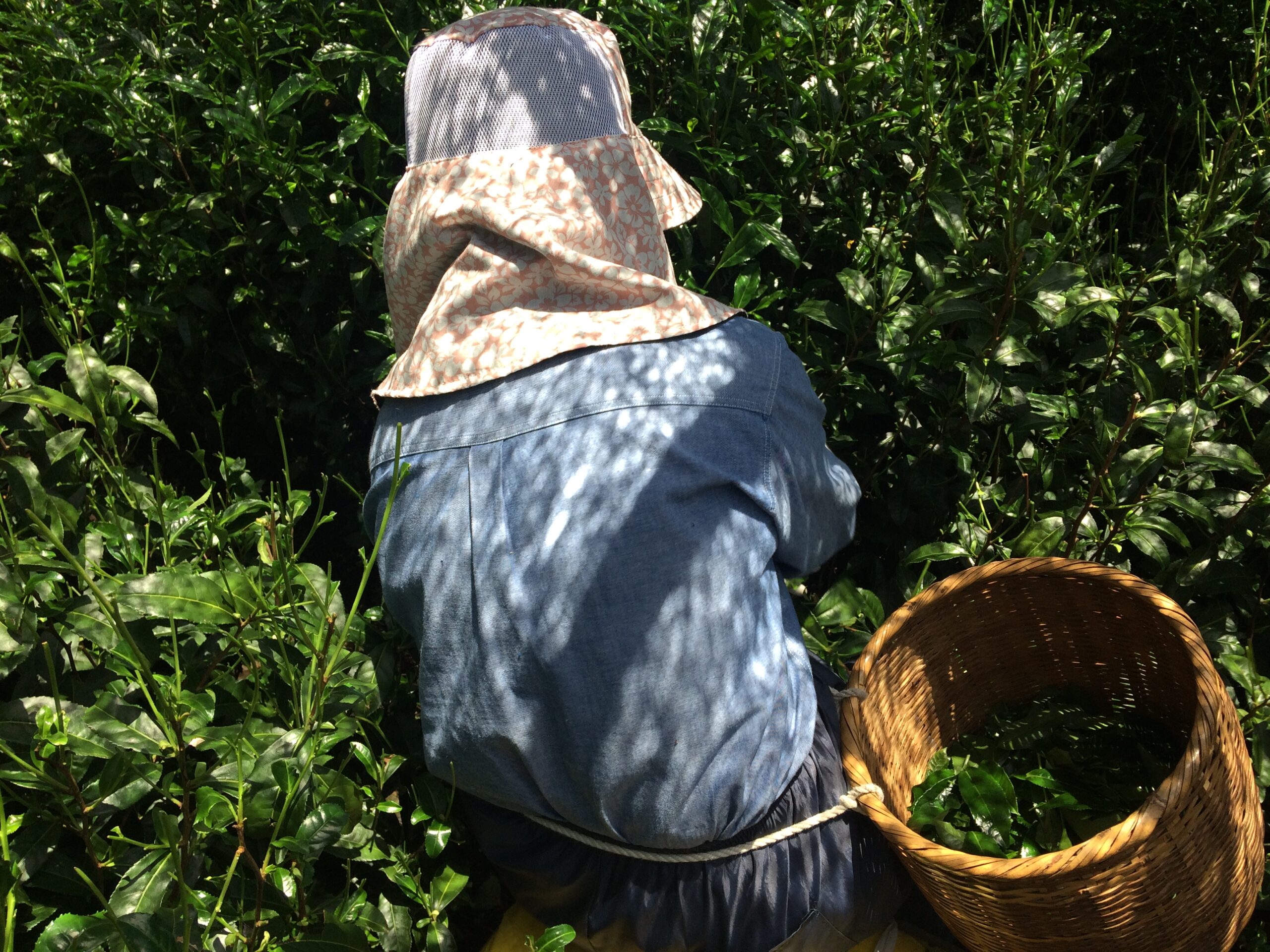
Gyokuro
Among the 80,000 t of green tea, a meager value of less than 300 t constitutes the precious king of teas, Gyokuro. Gyokuro is a shade-grown tea, a cultivation technique which produces large amounts of theanine, a type of amino acid.The taste features a mellow sweetness and a savory umami you can feel on your tongue What is more, there are those who exclaim in surprise, “It has an aroma just like nori, seaweeds. It is just like dashi!” Dashi is a stock used as a base in various Japanese dishes such as noodle dishes, hot pots, and stews. It is made by boiling down the essences of such ingredients as dried bonito, kombu, and dried sardines into a stock. Dashi stock contains large amounts of glutamic acid and inosinic acid, the main components in the savory flavor of “umami,” so using dashi for cooking adds in delicate flavors through “umami.” From cheese to chocolate, come enjoy the many playful food pairings that Gyokuro from Asahina in Shizuoka l, Mt Fuji and foodie province has to offer.

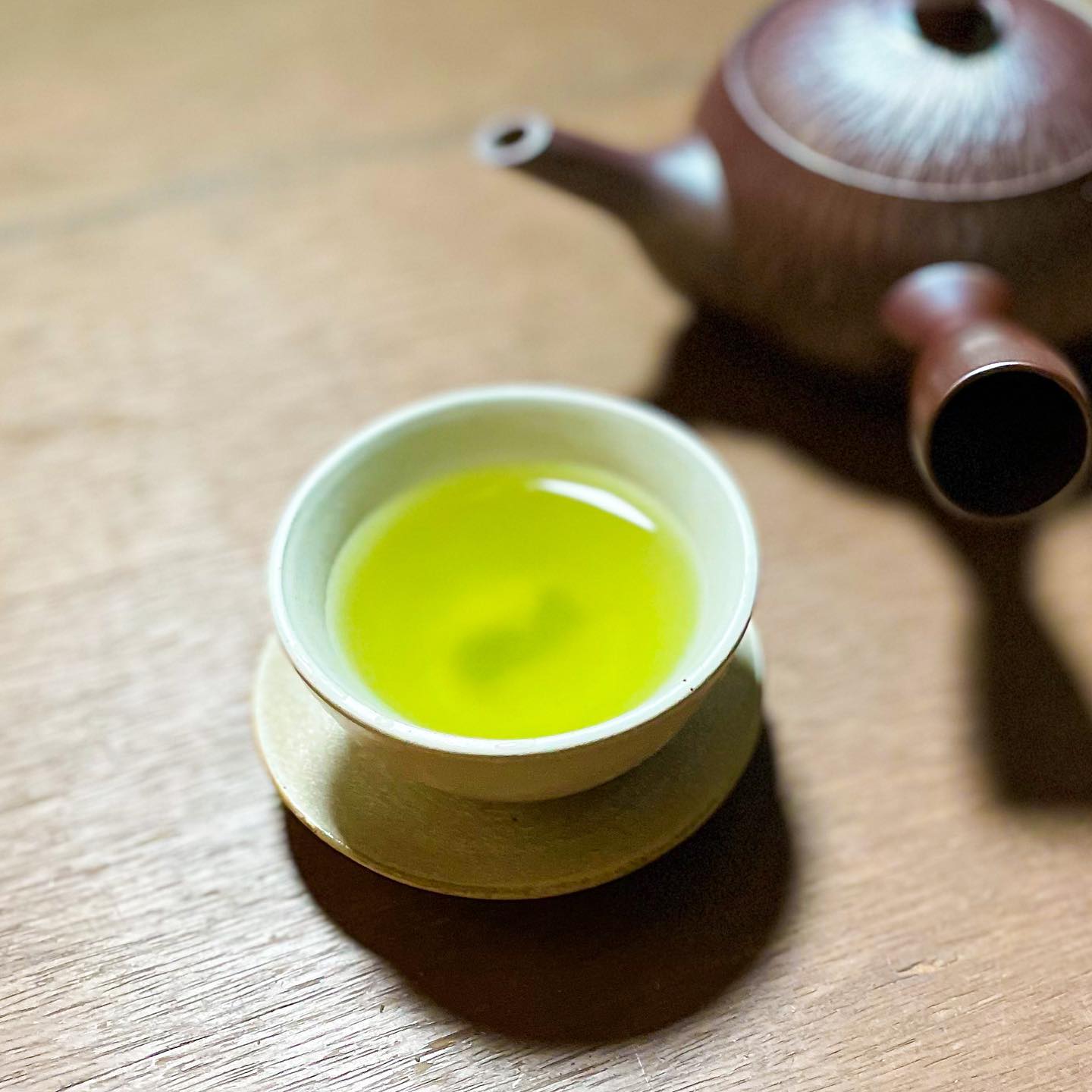
Sencha
As sencha,a japanese standard tea is a kind of green tea, non-fermented tea, its manufacturing method is uncommon in the world in the sense that steaming is used to deactivate the enzyme in the tea leaves. the term ‘sencha’ literally meant ‘tea for decoction,’ with which the tea was prepared through the extraction of ingredients by decocting tea leaves in hot water, so that preparation for drinking tea wasn’t as easy as today’s method of using a kyusu ,a small teapot.

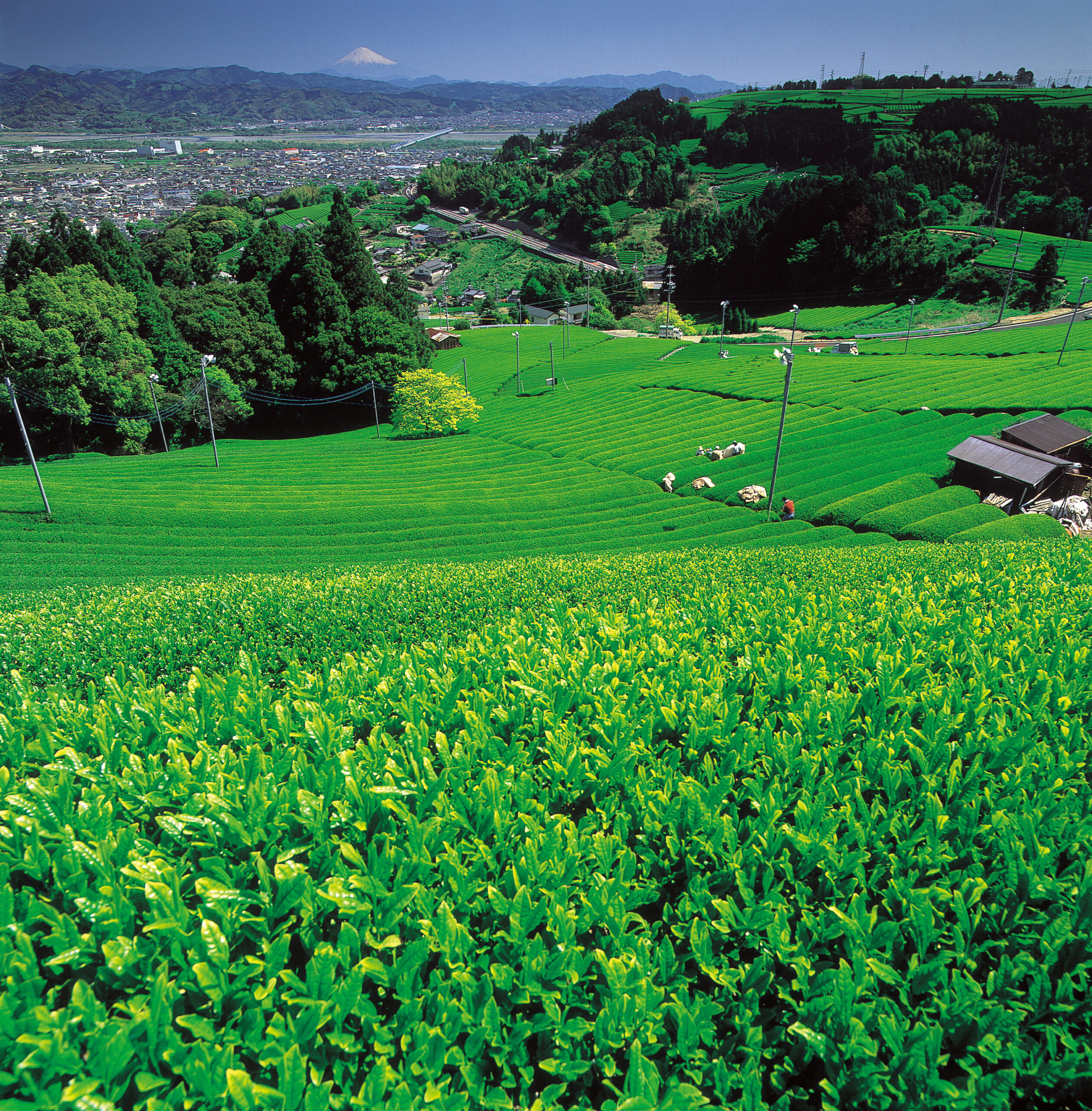
88
88th Nights falls on the 1st or 2nd of May .Counting from Risshun ,the first day of Spring in the traditional Japanese calendar the 88th day is called 88th Night , Hachiju hachiya. We believe that the tea picked on 88th day is high-quality tea and To drink it will give you good health for one year.


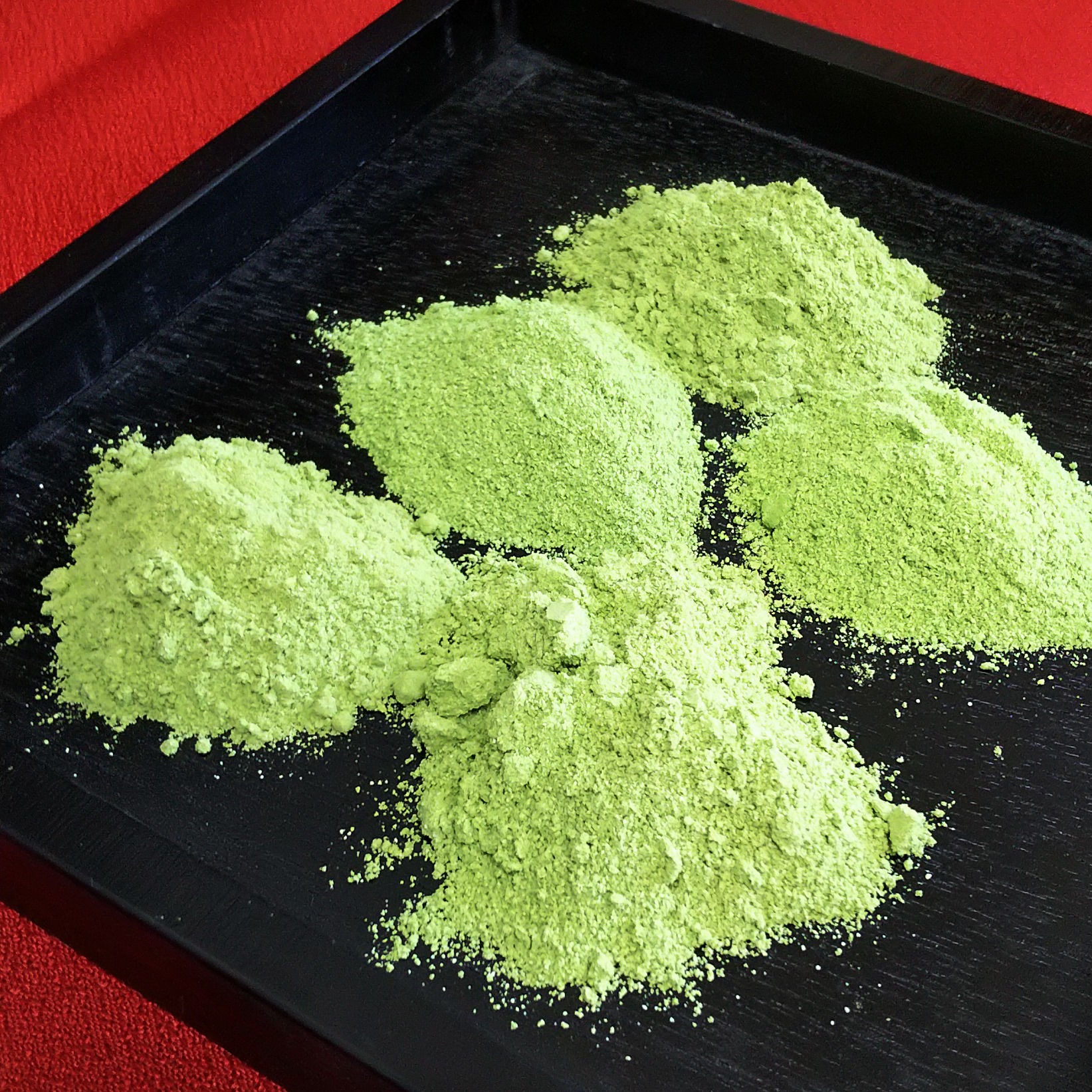
Maccha
the Okabe region in Shizuoka is known for high quality Maccha production. Maccha ,Powdered green tea is widely used also as an ingredient for various cuisine like bright green color ice cream with unique aroma and taste. “Green Tea Lattes” at Starbucks as well. hand-picked soft top tea leaves are steamed and dried. After that the stems and veins are removed and ground by a set of millstones to make green powdered tea.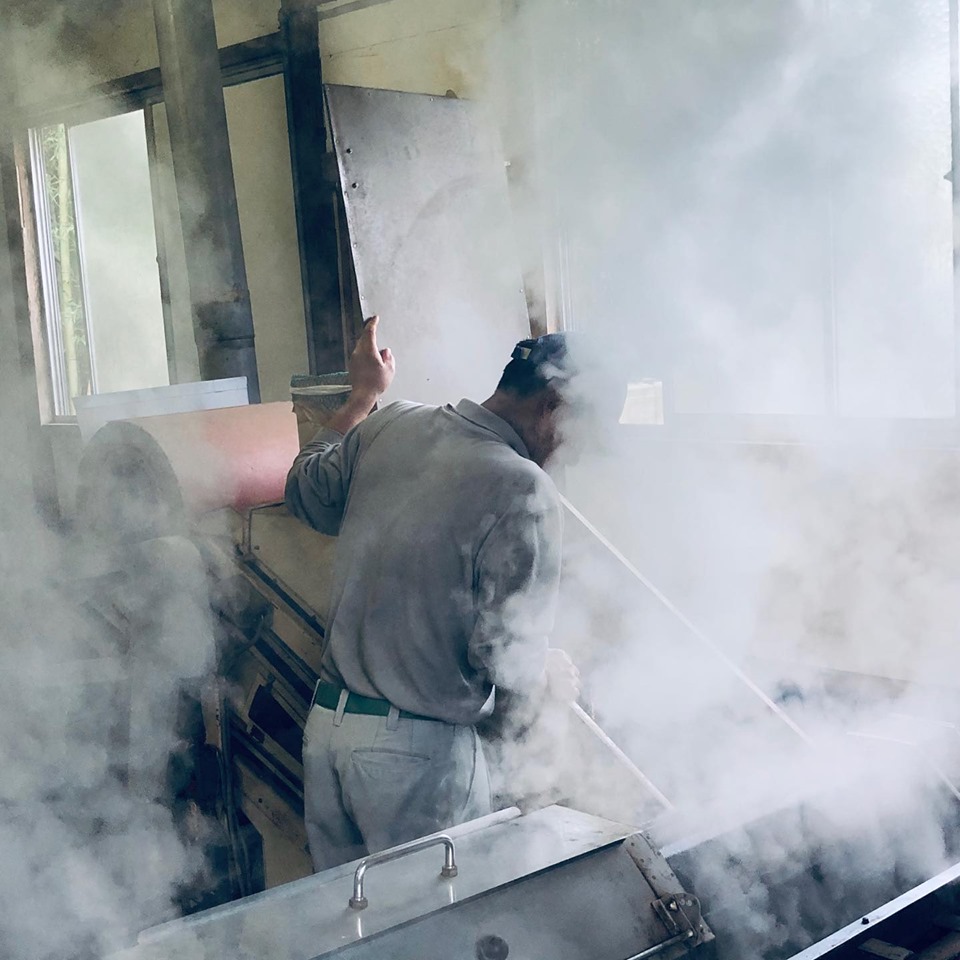
In the fog
Steamed Green tea is the most consumed beverage in Japan. After being harvested the tea leaves are steamed and dried almost immediately to prevent oxidation and green tea retains its fresh color and rich flavor


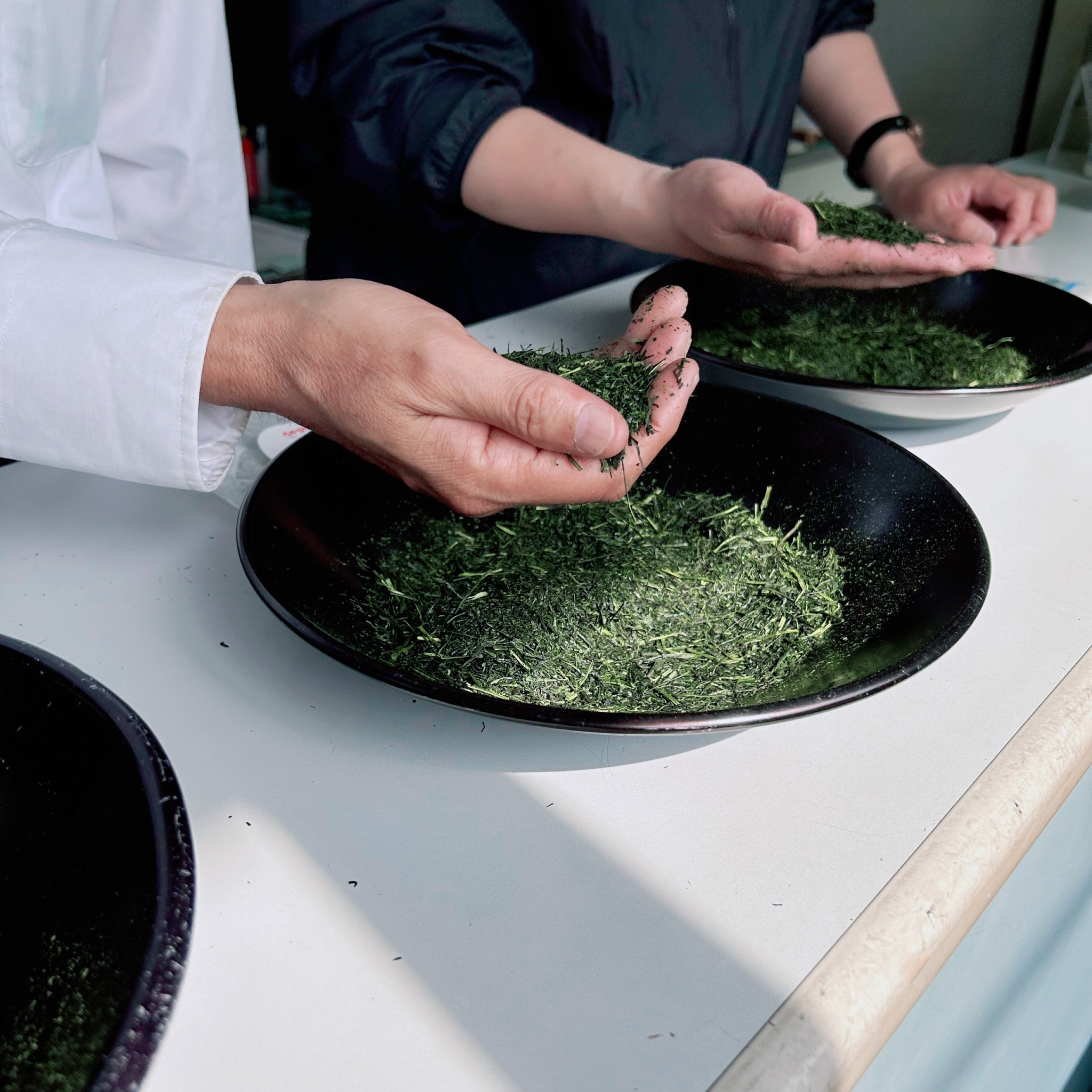
Review
Today, I participated in a Gyokuro 、premium green tea fair. To explore the possibility of ushering our guests into this closed world. There are four points of review. appearance, aroma, water color, and taste. The appearance is judged by placing a certain amount of tea leaves on a black tray. The others are judged by pouring hot water. For aroma, scoop up the tea leaves with a net and evaluate the aroma. Others use a net cup, and after pouring hot water, allow 6 minutes for gyokuro to be judged. Traditional tea judging is done by the point reduction method to detect faults.

